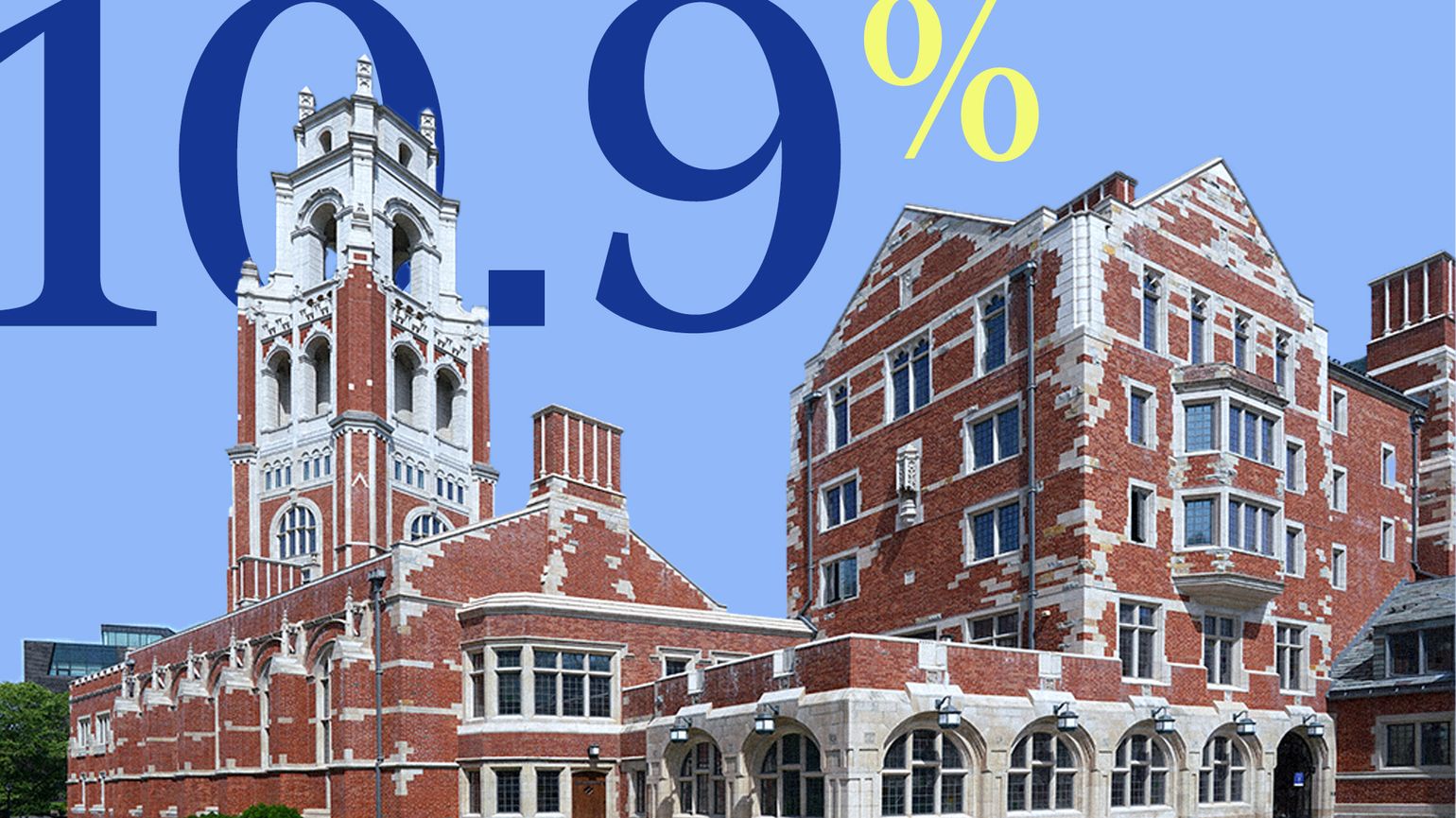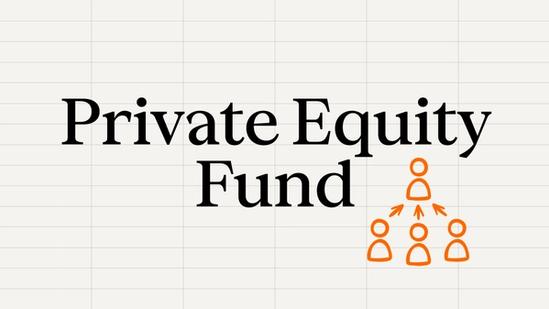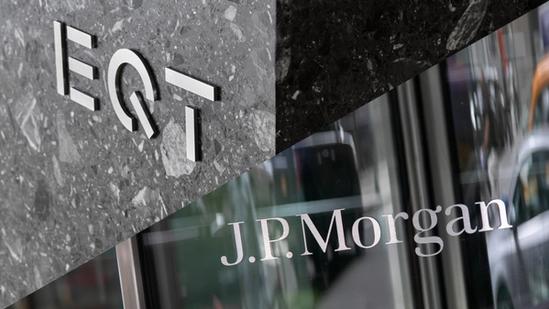What’s the Unspoken Cost of Private Market Under-allocation?


For many investors, private markets are a new frontier. Many are now asking what percentage of their portfolio should be allocated to alternatives?
- Private markets equate to about 5% of capital markets.
A mystique and aura of financial genius surrounds the endowment funds of some of the oldest U.S. universities. Think especially of Yale, the Ivy League university whose endowment has been a pioneer of private markets investing for over 30 years.
Yale’s endowment contributes about a third of the university’s operating budget, making its investment success vital for paying teachers, scholars and researchers. The endowment has not disappointed: it has achieved excellent long-term gains of 10.9% per annum over the 20 years to June 30, 2023.
Noting its record, other university endowments have followed. Indeed, university endowments have become major backers of private markets investing – whether through private equity, venture capital, real estate, infrastructure, or private credit.
Increasingly, affluent investors are seeking to imitate the historic successes of institutional investors by entering the private markets. But as with any new investment opportunities, many are still seeking a better understanding of how much of their portfolio to allocate.
How much to invest?
As the barriers to private markets investing are lowered, individual investors are naturally attracted by the higher investment returns historically delivered. Over 10 years, a private equity index has generated a 14% annualized return for investors, according to figures from the respected Cambridge Associates consultancy.[1] That’s better than the MSCI World Index, an established benchmark of global stocks, lagging with a return of 8%.[2]
When judging how much to invest, individual investors can look to private markets’ smartest investors, keeping in mind that their goals may differ.
Lessons from Yale and the super wealthy
Looking at Yale first, its judgments are part art, part science. “Yale’s portfolio is structured using a combination of academic theory and informed market judgment,” explains the Yale Investments Office website. That’s led to a portfolio with about half of its investments in private markets. But Yale has a very long-term investment horizon, seeking to meet the university’s needs for generations to come, and can tolerate the possibility of temporary blips of poor performance.
In addition to the US endowments, wealthy individuals and families like the Vanderbilts, Whitneys, Rockefellers and Warburgs have been major private markets investors for decades. They dominated the early years of private markets in the first half of the 20th century. These days their descendants’ family offices, and those of the similarly wealthy private individuals, are slowly increasing their investments as private market opportunities grow.
According to UBS, family offices are directing more than a third of their investments into private markets: 22% into private equity, 10% to real estate, 1% to infrastructure and 2% to private credit. Again, though, these family offices exist to preserve wealth for future generations.
It’s about time horizons
For the merely affluent, without the luxury of investing for future generations, allocating this much might seem high. Another approach could be to allocate in line with the size of private markets compared to global stock and bond markets. Private markets amounted to $13.1tn in the middle of 2023,[4] according to consultancy McKinsey & Company. For comparison, the total size of capital markets was $255.7tn.[5]
For sure, investors like university endowments and family offices have much larger allocations but they also have multi-generational investment horizons.
Just as with public equity markets, however, there will be years when circumstances such as deep recessions or financial crises mean that private markets investments can struggle. New investors in private markets should be prepared to weather these years and remain invested for reasonably long periods, as doing so tends to iron out the bad years.
Ultimately, there’s no perfect size of allocation to private markets. What’s worked for university endowments and family offices investing for future generations, wouldn’t necessarily be right for today’s affluent investors. Whatever the allocation, a lot depends on the investment time horizon, appetite for risk and personal circumstances.
[1] EQT Annual and Sustainability Report 2023. Source: Cambridge Associates, “Ex US Developed Markets Private Equity & Venture Capital”, September 2023. The index (public market equivalent) is a horizon calculation based on data compiled from private equity and venture capital funds. Annualized net returns.
[2] EQT Annual and Sustainability Report 2023. Source: Capital IQ.
[3] EQT Annual and Sustainability Report 2023. EQT Private Capital key funds performance.
[4] As at June 30, 2023. Global Private Markets Review 2024. McKinsey.
[5] Source: SIFMA.
ThinQ by EQT: A publication where private markets meet open minds. Join the conversation – [email protected]




